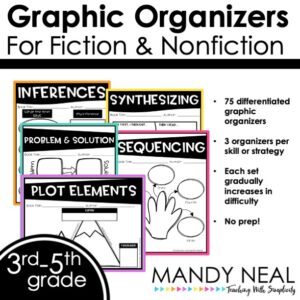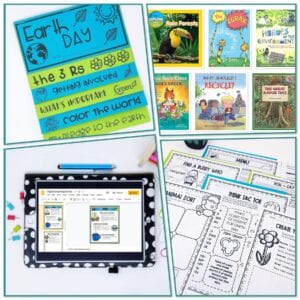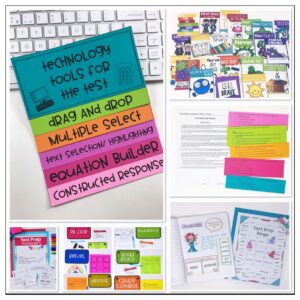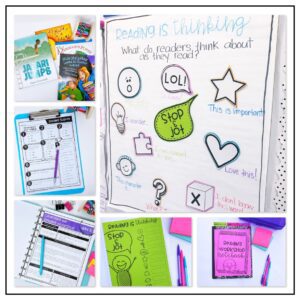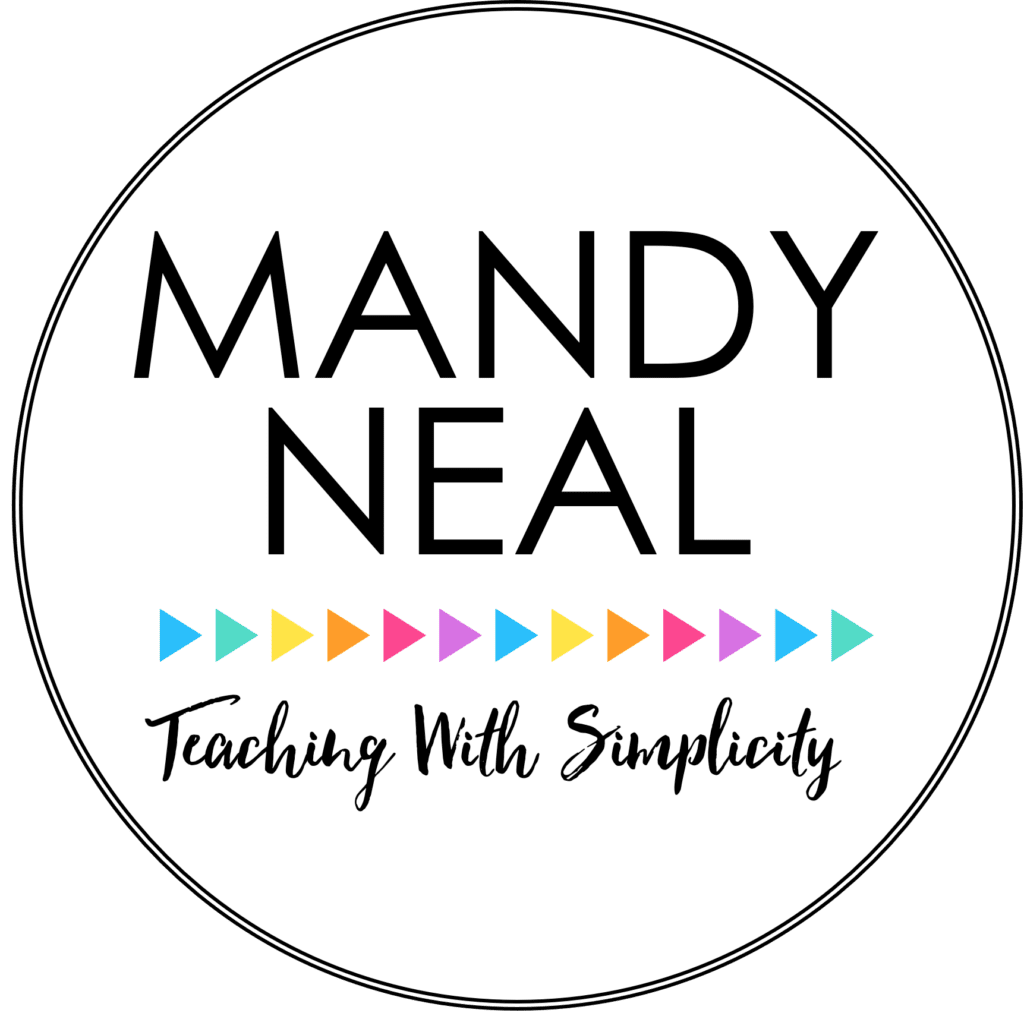Graphic organizers are powerful tools that visually represent information, helping students organize their thoughts and make connections. Incorporating graphic organizers into your teaching can enhance comprehension and critical thinking skills while fostering creativity and engagement. Whether you are teaching language arts, science, or social studies, graphic organizers can be easily adapted to suit your curriculum and meet the diverse needs of your students.
Graphic Organizers for Reading
Reading Workshop
During reading workshop, keeping students engaged is critical for comprehension. Incorporating graphic organizers into read-alouds is a great way to keep them engaged.
Read alouds during reading workshop are purposeful and is the time when the teacher should stop, ask questions, and get students talking about the book. This is an excellent time for students to add information to a graphic organizer relative to the skill they are working on.
Also, post-read-aloud discussions can extend from students’ entries on their organizers, which provides a solid, textual basis for their discussions.
Small Groups
Graphic organizers are perfect to use within small group reading. Using them in small groups can significantly enhance students’ learning by offering a visual framework for understanding and interpreting the reading material.
For the teacher, it provides an opportunity to closely monitor the students and ensure they use the graphic organizer correctly.
Centers
If you utilize reading centers in your classroom, adding a center that requires students to use a graphic organizer is easy and very easy to differentiate. Provide students with graphic organizers centered on a particular skill that needs improvement. For example, if students struggle with identifying the main idea, their organizer will be designed to help them focus on that. As a result, the learning process becomes more targeted and effective.
Literature Circles
Literature circles can be a dynamic and engaging way to foster reading comprehension and enhance literary discussions among elementary students. Typically, within literature circles, students may be given a fill-in-the-blank booklet to assist with their roles. Instead, provide students with a corresponding graphic organizer for their specific role in their literature circle.
Using graphic organizers, students can easily map out their ideas and identify connections, leading to better comprehension and retention of details. They can also promote creativity, allowing students to illustrate ideas and information in a manner that’s easy to understand, review, and share in their literature circles.
Independent Reading
As an alternative, or in addition to reading response notebooks, have a collection of graphic organizers that students can complete during their independent reading. During their independent reading, students can use the organizers to catalog their observations, thoughts, and connections, paving the way for in-depth understanding and learning.
Content Areas
Graphic organizers are an incredible tool for improving reading skills and enhancing learning in various academic areas. They prove to be particularly efficient in subjects such as science and social studies, especially at the elementary level.
Variety of Text
Graphic organizers can be used with any text, from short passages to picture books to chapter books. Also, they are great for students to fill out while watching videos. They encourage students to pay more attention to important details, especially if they are related to content areas such as Science and Social Studies, where understanding key concepts and making connections is essential.
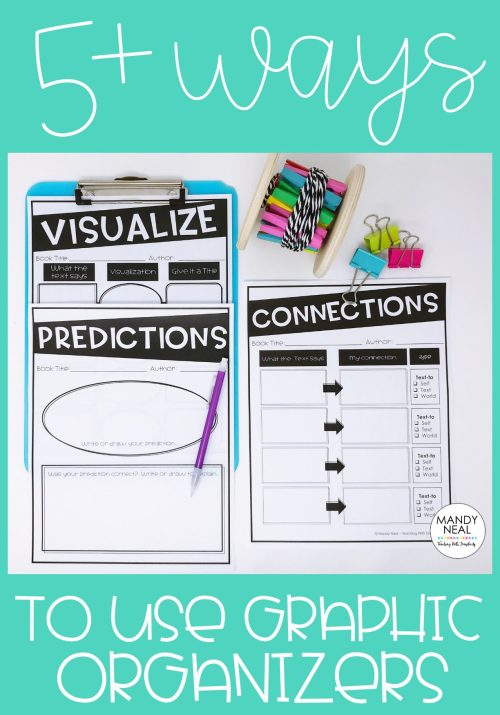
Graphic Organizers for Writing
Graphic organizers are also valuable tools for elementary students to organize their thoughts and enhance their writing skills. Here are ten ways elementary students can use graphic organizers with their writing:
1. Story Map
Use a story map to help organize the elements of a story, including characters, setting, problem, events, and resolution.
2. Sequence Chart
Create a sequence chart to outline the order of events in a narrative, helping students understand the concept of chronological order.
3. Compare and Contrast Venn Diagram
Utilize a Venn diagram to compare and contrast different characters, settings, or themes in stories or during content-based writing.
4. Main Idea and Details Chart
Construct a main idea and details chart to identify the central theme of a piece of writing and support it with relevant details.
5. Problem-Solution Graphic Organizer
Encourage students to identify problems and propose solutions using a graphic organizer to outline the issue, possible solutions, and the best resolution.
6. Persuasive Writing Planner
Provide a graphic organizer that guides students through the elements of persuasive writing, such as stating their opinion, presenting reasons, and providing evidence.
7. KWL Chart (Know, Want to Know, Learned)
Foster curiosity and comprehension by using a KWL chart to activate prior knowledge, identify questions, and record new information as students research and write.
8. Descriptive Writing Bubble Map
Use a bubble map to help students brainstorm and organize descriptive words and phrases for a particular topic, enhancing their descriptive writing skills.
9. Cause and Effect Chain:
Construct a cause-and-effect chain to help students understand the relationships between events and their consequences in a story or informational text.
10. Fact and Opinion T-Chart
Develop critical thinking skills using a T-chart to distinguish between facts and opinions in writing, promoting a better understanding of information.
Integrating graphic organizers into your lessons will boost learning and support meaningful experiences for your students.
Get your FREE graphic organizers now!
ADDITIONAL GRAPHIC ORGANIZERS
